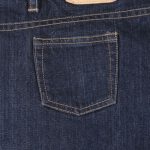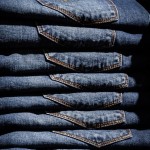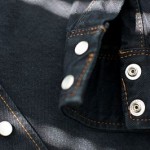
by MakeYourOwnJeans | denims, jeans |
Jeans come in wide variety of different styles, ranging from slim fit and “skinny” to loose, low-rise and more. Although they may seem similar from afar, each of these styles has its own unique characteristics. While most people are familiar with the styles previously mentioned, one style that’s often confusing is stone wash. In this post we’re going to take a closer look at stone wash denim, revealing how it’s created why it remains such a popular choice among men and women. Stone Washing Defined The term “stone washing” refers to the manufacturing process of making denim (or other fabrics) softer and more flexible. As the name suggests, it involves the use of real stones to roughen up the fabric during the production and post-production stages. The stones are used to beat the fabric, making it softer and more comfortable. Denim companies may have their own stone washing techniques, but nearly all of them involve the use of stones. The obvious benefit of wearing stone washed jeans is the simple fact that they are softer and more comfortable. After the stones have beat the denim, it becomes softer and less rough. History of Stone Washing Surprisingly, no one knows when stone washing was invented. The multinational denim company Levi Strauss claims that Donald Freeland, a worker at the Great Western Garment Company, invented the technique back in the 1950s. However, other historians credit Claude Blankiet for inventing stone washing. Regardless of who invented it, it’s safe to say that stone washing is here to stay. In addition to their soft texture, stone washed jeans also exhibit a faded color...
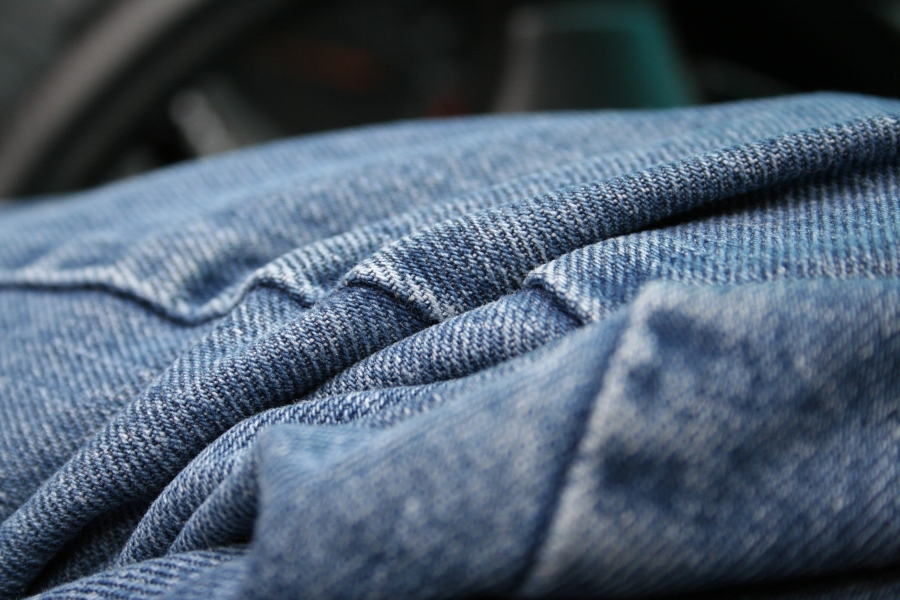
by MakeYourOwnJeans | denims, jeans |
When properly cared for, a good pair of denim jeans can last for years. Over time, though, it’s not uncommon for denim to fade and lose its natural “luster.” Even if they were originally a dark indigo blue when you first purchased them, they may now have more a faded, light-blue tone. The good news is that you can often dye your jeans to revitalize their color and vigor. All it takes is a few basic supplies and a little bit of your spare time. Before we start, it’s important to note that your jeans will be one solid color after they are dyed. If they currently have patches where the fabric is lighter and more faded than other areas, these will be eliminated once they are dyed. Dying creates a uniform color that affected the entirety of the jeans. With that said, the stitching should remain white (or whatever color it currently is), as most denim manufacturers use polyester for the stitching instead of cotton. To get started, you’ll first need to purchase a few things. This includes 1 pack of navy blue or indigo-colored dye, 1 pack of black-colored dye, a pair of latex gloves (trust me, you don’t want to get dye on your hands), and a large bucket. When you are ready to proceed, place the gloves on your hands and fill the bucket about 3/4 of the way full with hot water. Don’t make the mistake of using cold water, as it won’t penetrate as easily through the denim fabrics. Hot water, on the other hand, allows the dye to settle into the denim,...
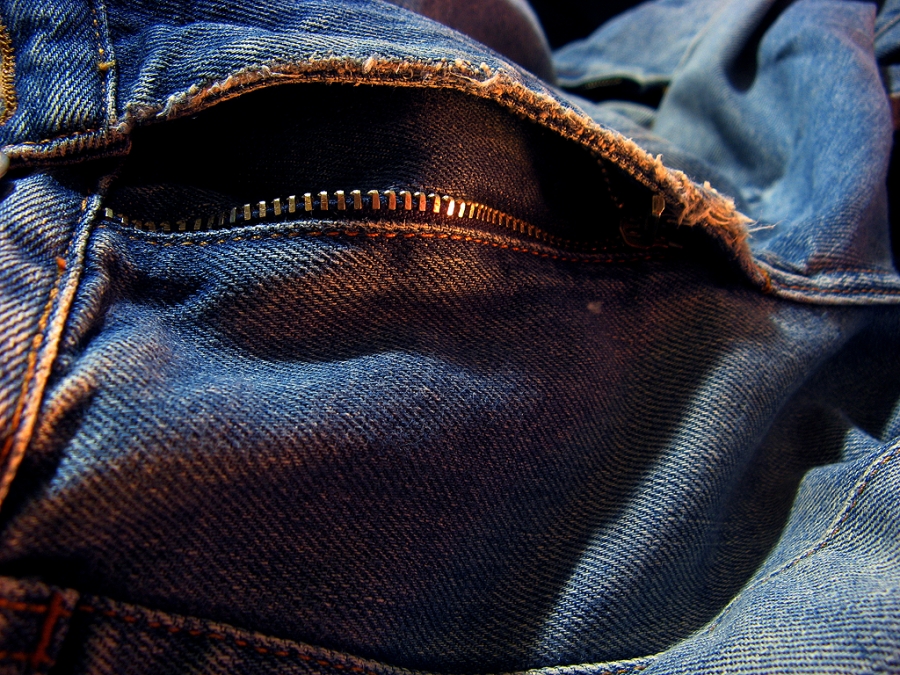
by MakeYourOwnJeans | denims, jeans |
California is currently in the midst of one of the longest and most costly droughts on record. For more than four years, the Sunshine State has experienced abysmal rain levels, resulting in a widespread shortage of water. While most of California’s water is used for agricultural purposes, however, it’s also used by clothing companies, including denim producers. This has prompted many denim companies to cut back production, as there simply isn’t enough water to sustain the demand by consumers. As noted by MarketWatch.com, Southern California is the world’s largest supplier of premium jeans, most of which have an average price tag ranging between $100-$200 a pair. In order to make these jeans, water must be used, lots of water. The Los Angles region generates over $18 billion annually from local fashion and garment companies, roughly 8-10% of which comes from premium denim. The Southern California region employs an estimated 200,00 workers, making it the world’s central ‘hub’ for fashion. But going back to the problem at hand, it takes a significant amount of water to produce a pair of jeans. It’s estimated that single pair of denim jeans requires some 1,800 gallons of H2O to produce. That’s far more than most families use in a day. The good news is that many denim companies are changing their business strategy, adapting new techniques and methods that use less water. You might be wondering just how in the world a single pair jeans can consume so much water during the production process. Well, it all boils down to achieving the “premium” and “distressed” looks, which often regular several washes. Once the...
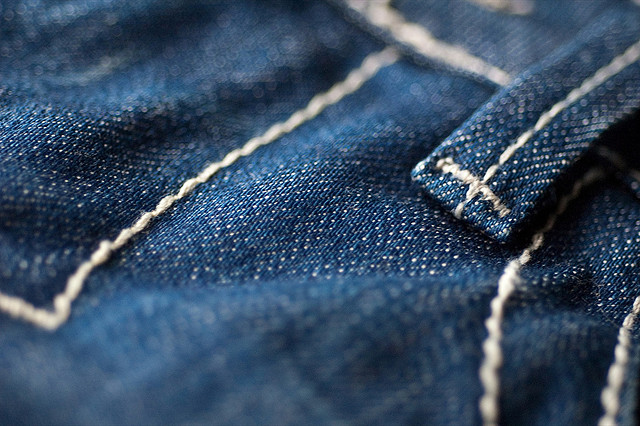
by MakeYourOwnJeans | denims, jeans |
Buying a good pair of denim jeans is a smart investment that will pay off in the long run. Whether you’re going out for dinner, to a business meeting, a party, or nearly any other occasion, you can toss on a pair of jeans and hit the road. However, you’ll want to follow the steps outlined below to keep your jeans in pristine condition. Wash Sparingly If you want your jeans to last for months or even years, it’s recommended that you limit the number of times you wash them. Each time your jeans go through the washing machine, it damages the fabric just slightly. Granted, this isn’t enough to notice a significant change after just a single wash. But constantly washing your jeans week after week will eventually cause them to fade and the fabric to become weak. This doesn’t necessarily mean that you should never wash your jeans, but keep it to a minimum to preserver the look and integrity of your denim. Wash Them Inside Out When you DO wash your jeans, try turning them inside out beforehand. This will reduce the fading effect of machine washing, maintaining your jeans’ natural color. It only takes a second to turn your jeans inside out before tossing them in the washing machine, but this will have significant impact on their overall quality and appearance. Clean Stains There’s nothing more frustrating that spilling a cup of coffee on your favorite pair of jeans. The good news is that denim is highly resilient to stains and easy to clean. However, you must clean the stain in a timely manner to...
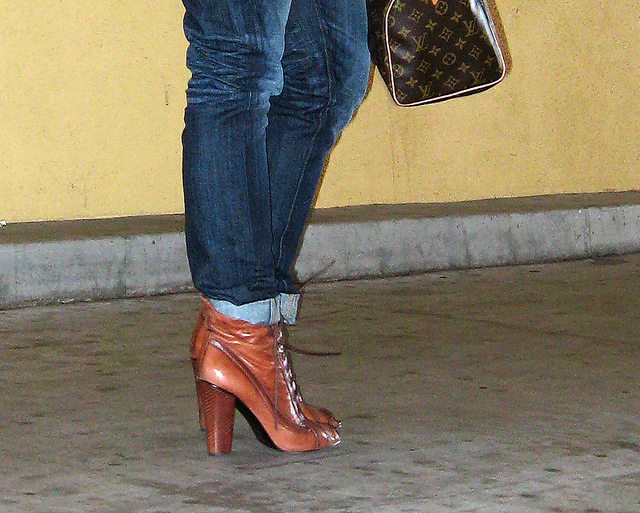
by MakeYourOwnJeans | denims |
Jeans are often viewed as “casual” attire, and as such many people wrongfully assume they can’t be worn to the office. Denim may lack the traditional formality of trousers, but there are several ways to dress up a pair of jeans. So if you’re looking for a stylish and comfortable alternative to traditional trousers, grab a pair of denim. As long as you follow the tips outlined below, you can successfully strut your stuff in the office while wearing a pair of jeans. Color Matters Don’t underestimate the impact color/tone has on the appearance of your jeans. If you’re looking to achieve a formal look (which most office workers are), it’s recommended that you choose a darker shade of blue. One such choice is Indigo Blue, which is characterized by a deep navy-like blue that’s consistent and even throughout. This doesn’t necessarily mean that you can’t wear jeans of lighter shades, but darker colors tend to look more formal. Here’s a tip: it’s not uncommon for jeans to fade over time, losing their natural luster. Rather than tossing them out and replacing them with new ones, you can dye them in the washing machine. Most grocery stores and major department stores sell fabric dye for a couple bucks a piece (or less). Just follow the instructions and your faded jeans will look new! Footwear You’ll want to pay close attention to your footwear when wearing jeans to the office. Lacing up your everyday sneakers will create a more casual appearance — something that you probably want to avoid. On the other hand, dress shoes will have the opposite effect...
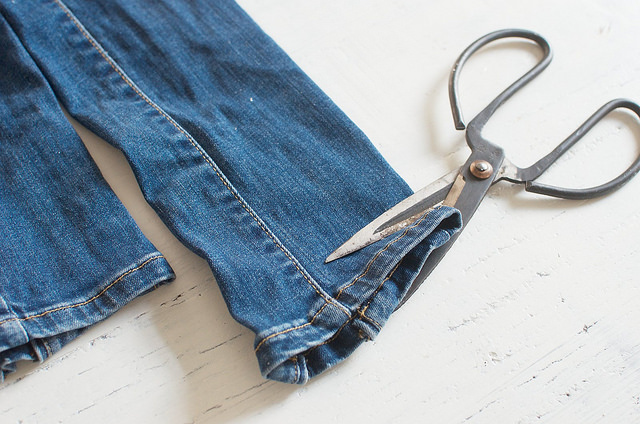
by MakeYourOwnJeans | denims |
There’s nothing that compares to the aged, worn-in look of a pair of distressed jeans. They have a certain unique style that’s simply not found in other types of jeans. Perhaps this is why they’ve remained a hot fashion trend for decades now. Whatever the reason, you can rest assured knowing that distressed jeans are an excellent choice of pants. The only problem, however, is trying to create them from a pair of traditional jeans. If you are interested in creating your own, keep reading for a step-by-step walkthrough on how to accomplish this. Before we start, you’ll first need to pick up a few basic supplies. In addition to pair of blue jeans, you’ll also need a razor blade, bleach, a cheese grater (yes, the kind that’s used in the kitchen), and a spray bottle. The good news is that most of these items can be purchased for about $10 bucks total, which is a small price to pay for the ability to create your own distressed jeans. Now that you have all of the necessary items, it’s time to get to work. Personally, I enjoy the faded appearance of distressed jeans, as this is just one more element that gives them more personality. If you want to fade your jeans, fill up a spray bottle with half bleach and half water and start spraying parts of your jeans. This should result in a faded ara that’s lighter than the rest. It’s important to not, however, that you shouldn’t spray down all of your jeans, but instead just blot it around. It should go without saying that...








